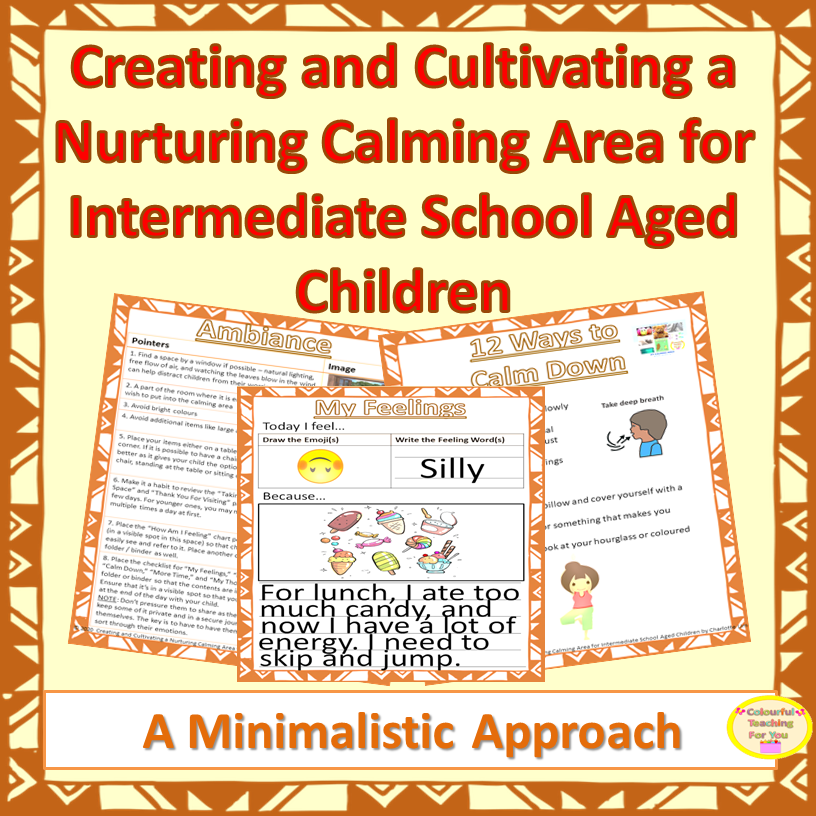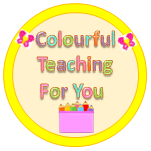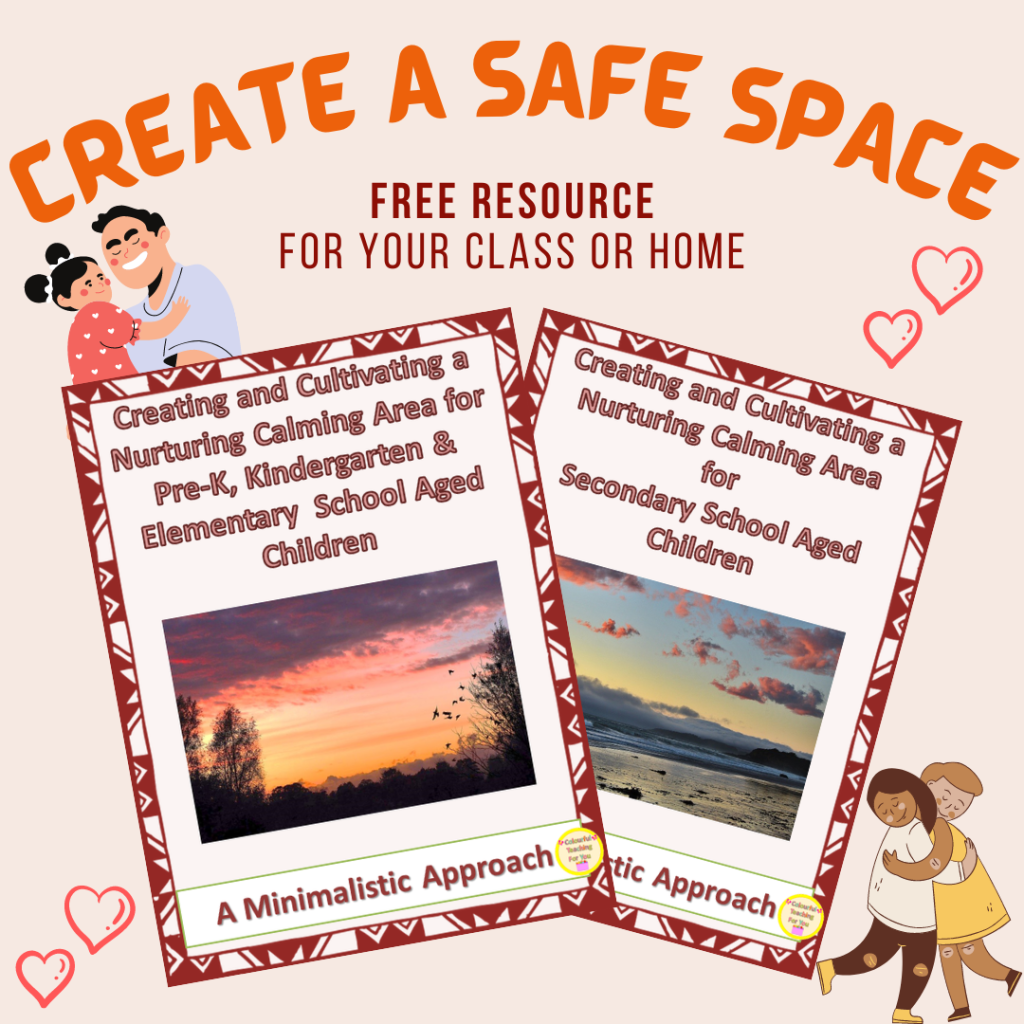When I was younger, I went out to play but since I was the first one there, I was bored and decided to go to a friend’s house. I didn’t tell my family where I was going because I had taken it for granted that I was safe. I had been gone for hours and no one knew where I was. My grandparents started to panic. Eventually I showed up only to be welcomed home by yelling. Of course, I understood why I was being yelled at as it was explained to me after everyone calmed down. They were scared that I’d left the community and in my birth country, it was dangerous out there.
On another instance, I was yelled at on a regular basis for anything and everything under the moon. I could not nothing right. Overtime, this shattered my self-esteem.
Yelling isn’t the best option but it’s understandable if you’re afraid for your child. However, if you’re yelling because you’re either triggered by something or just because you can’t help it, it’s not okay. It hurts your children in the long run.
This week’s article will provide you with four simple tips on how not to yell at a child or how to make amends after, if you end up yelling.
Actionable Steps:
#1. Know the Triggers
Know what causes you to get upset. Make a list of it and commit it to memory.
Yelling doesn’t just happen. It occurs because it’s a response to a specific behavior that set you off.
When you feel the urge to yell arise, take a deep breath, walk away and follow steps 2-4.
#2. Practice Self-Regulation
Teach your children how to self-regulate. Practice it alongside them. This will help both of you.
When you feel your temper rising or your child is getting angry, suggest taking a moment for yourselves so that you can calm down your nerves.
You can do it by creating a calm down area on a budget with the following resources and practice self-regulation together. Everything you need for it is in this resource. You just need to choose the ones that will work best for you and your child.



#3. Teach About Consequences
Once you’ve had a moment to calm down, then teach your children about the possible consequences of their actions. Don’t talk to them until you’re calm. This may take a few minutes or days. Take the time you need to calm down before addressing your children.
Focus on discussing the natural consequences of your child’s actions. Discuss what others may see or feel if they keep up their behavior. Discuss how it makes you feel and ask them about their feelings as well.
If the behavior continues, agree on additional consequences if necessary. For example, if you continue to break your brother’s toys on purpose, you’ll get a toy taken away.
#4. Apologize When Necessary
If you do end up yelling or saying something that hurt your child’s feelings, don’t just let it go and hope your child forgets about it. Apologize to them when you’ve calmed down because not only will they remember the feeling of being hurt but also what you said to them.
Over time, children who feel verbally attacked, end up learning this behavior and doing it themselves. If you don’t like this about yourself, don’t do it them. If you do it, own up to it and say your sorry so that they can see the human side of you.
Recap:
Let’s recap really quickly. Today, we looked at the following:
- The importance of being aware of your tone when you address your child.
- Four simple tips on how not to yell at a child: know the triggers, practice self-regulation, teach about consequences and apologize when necessary.
Free Resources:
The following is FREE. It will show you how to create the space. These resources can be found in my FREE RESOURCE LIBRARY.
Disclaimer: I’m a teacher and a parent. I’m not a medical professional, so please don’t take this as medical advice. The advice that I provide in my videos and online are strategies that I have used in my own class or at home that have worked beautifully.



